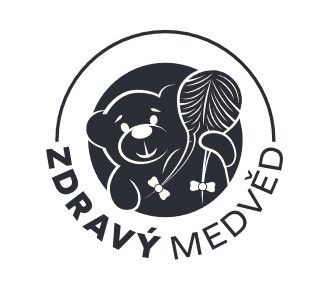Copper
Characteristics: Copper occurs naturally in some foods and is available in dietary supplements. It is a cofactor of several enzymes (cuproenzymes) involved in energy production, iron metabolism, activation of neuropeptides, synthesis of connective tissue and neurotransmitters. Copper is also involved in many physiological processes such as angiogenesis (the process of new blood capillary formation), neurohormone homeostasis, regulation of gene expression, brain development, pigmentation, and immune system functioning. Last but not least, the defense against oxidative damage depends mainly on copper-containing superoxide dismutase.
Absorption: Copper is primarily absorbed in the upper part of the small intestine. Almost two-thirds of the body's copper is found in the skeleton and muscles. Only a small amount of copper is usually stored in the body, with the average adult having a total body copper content of 50–120 mg. Most of the copper is excreted in the bile and a small amount is excreted in the urine.
Dietary supplements: Copper is available in dietary supplements containing only copper, or in combination with other ingredients in many multivitamin/multimineral products. These preparations contain many different forms of copper, including copper oxide, copper sulfate, copper amino acid chelates, and copper gluconate. No studies have yet compared the bioavailability of copper from these and other forms. The amount of copper in dietary supplements usually ranges from a few micrograms to 15 mg.
Natural sources: The richest dietary sources of copper include shellfish, liver, seeds, nuts, wheat bran, whole grains, and cocoa. Drinking water can also be a source of copper. Copper absorption is strongly influenced by the amount of copper in the diet; bioavailability ranges from 75% of dietary copper when the diet contains only 400 µg/day to 12% when the diet contains 7.5 mg/day.
Effect: Enzymes containing copper affect the metabolism of carbohydrates, the formation of bone mass, hematopoiesis, and the function of the nervous system. Sufficient copper keeps blood lipid levels normal and thus prevents the development of atherosclerosis.
Deficiency: Copper deficiency is uncommon in humans and manifests as anemia (anemia), hypopigmentation, hair loss, hypercholesterolemia, connective tissue disorders, osteoporosis and other bone defects, abnormal lipid metabolism, ataxia (clumsiness of movements), mental retardation, and increased risk of infection . Copper deficiency is associated with cardiac abnormalities, probably due to decreased activity of cardiac cuproenzymes. Some experts believe that dietary copper deficiency plays a role in the etiology and pathophysiology of Alzheimer's disease. People with celiac disease are at increased risk of copper deficiency. High dietary zinc intake can interfere with copper absorption.
Recommended daily dose: adult: 900 µg for men, 900 µg for women (1000 µg during pregnancy, 1300 µg during breastfeeding).
Side effects: Mild side effects include irritation of the mucous membranes, eyes and upper respiratory tract, nausea, diarrhea.
Interaction: Not documented.
Pregnancy: Safe in usual doses.
Breastfeeding: Safe in usual doses.
Toxicity: Chronic exposure to high levels of copper can result in liver damage and gastrointestinal symptoms (e.g., abdominal pain, cramps, nausea, diarrhea, and vomiting). Consuming copper in amounts between 0.25-2 g can cause serious illness. Acute copper poisoning and death can occur if more than 2 g of copper is ingested. Copper toxicity has been reported in people who consume water from copper alloy pipes. People with Wilson's disease, a rare genetic disorder, are at high risk of copper intoxication. This disease leads to deposition of copper in tissues as a result of its defective excretion.
Copper
Chat with us on WhatsApp



